When you’re planning a trip to a new city, it always helps to learn as much as possible beforehand to prepare. I recently visited Warsaw on my round-the-world trip and spent some time checking out the city, as well as taking a day trip out to the Auschwitz concentration camps.
I’m by no means an expert on the city or Poland in general, having spent only a handful of days there, and there’s still much to explore that I’ve saved for my next visit. However, I thought I’d share some travel tips based on my recent trip. I for one had arrived in Warsaw with little idea of what to expect, and while the process of discovering new things for myself is always enjoyable, I definitely could’ve used some of these tips myself!
STAY
1. Stay in Old Town.
No matter your budget for accommodations, the Old Town neighbourhood offers the best base from which to explore the city. Not only is it within walking distance to most major attractions, the Old Town is also itself worth spending an afternoon to explore.
From the eye-catching Royal Castle to the endless bustle of the historic Krakowskie Przedmieście (Royal Route), finding a place to stay in Old Town will leave you most well-positioned to take in everything Warsaw has to offer.

Hotel Bristol Warsaw
While most major chain hotels are located in the newer downtown area, as far as chain hotels go I can’t recommend the Hotel Bristol enough: it’s a timeless Warsaw classic, having miraculously been one of the few buildings in the Old Town neighbourhood to survive the German occupation, and sits proudly on the Royal Route a short walk from Old Town’s Market Place.
Daily rates begin at 450 zł ($150), so it’s still relatively cheap for a luxury hotel in a European capital. The other option is, of course…
2. Get an Airbnb.
Warsaw is a pretty cheap city – if you’ve made it here, you’ve ventured eastward enough in Europe to escape the price inflation that plagues much of tourist-laden Western Europe. Speaking generally, Airbnbs are usually a cheaper alternative to hotels; accordingly, in an already inexpensive city like Warsaw, the Airbnbs are pretty damn cheap.
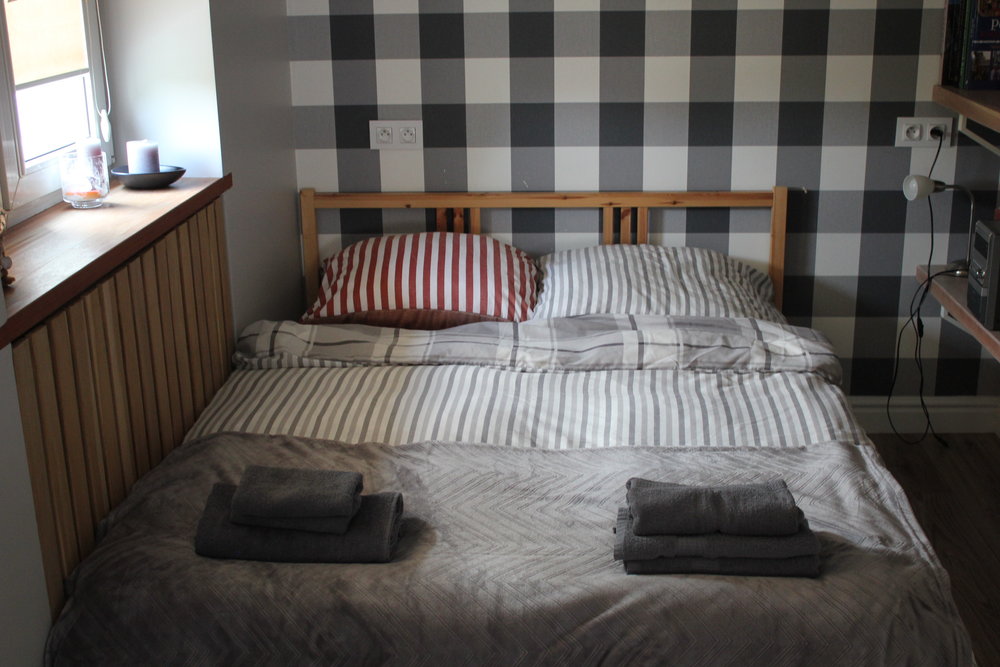
Apartament na Mariensztacie Airbnb
Broadly speaking, $30–70 per night can get you a comfortable, clean apartment on the edges of Old Town (an “Entire Home” which you don’t need to share with anyone), similar to the one I stayed in. For that price, you’d be lucky if you can snag a spot in a 12-bed dorm at a hostel in Paris or Rome!
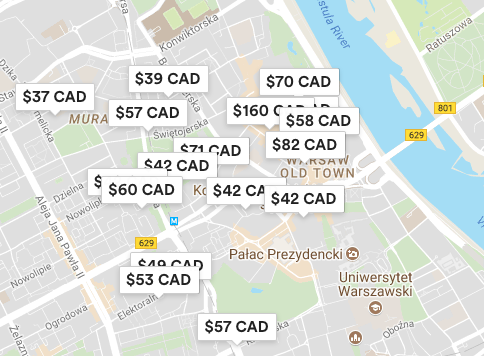
Prices get even cheaper if you’re willing to venture further afield than Old Town. Plus, keep in mind that many Airbnbs offer breakfast to their guests, and that there’s even an ongoing $50 discount on new Airbnb bookings!
DO
3. Learn about Warsaw’s troubled history.
Warsaw is a city with a tumultuous past. From the partitions of the Polish–Lithuanian commonwealth in the 18th century, to the Nazi–Soviet pact of 1939 that tossed her into Nazi Germany’s “sphere of influence”, to the gallant 63-day uprising against said German occupation that eventually ended in the tragic destruction of the city, the people of Warsaw have lived through some dark times.
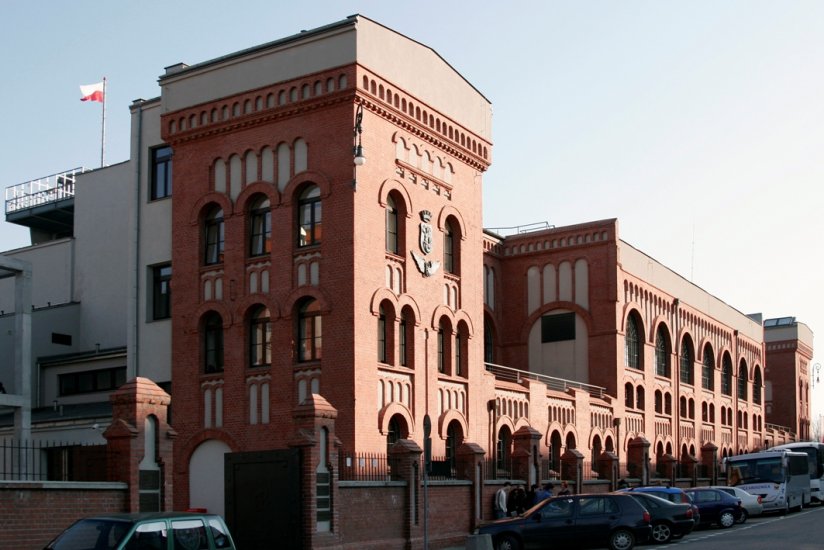
Now, museums seem to be a divisive matter among travellers; some LOVE spending time in them, while others can’t stand them. If you’re in the former category, you’re in for a real treat here in Warsaw, with the Warsaw Rising Museum and the POLIN Museum (the Museum of the History of Polish Jews) both offering extraordinary insights into the history that has shaped the city.
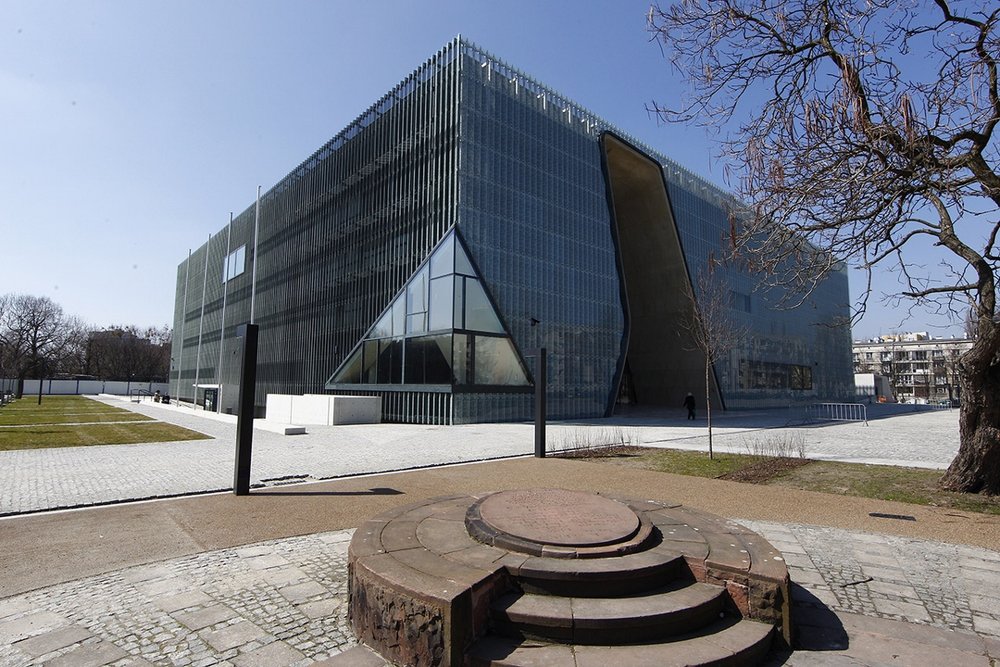
(If you aren’t a big museum fan, you might want to make an effort to give the museums of Warsaw a chance. Truthfully, you might well find your visit rather soulless and insipid if you don’t take the time to grasp the historical events that have shaped the city into what it is today.)
While we’re on the topic, the Chopin Museum is a great shout if you’re looking to perk up a bit after visiting the POLIN and the Warsaw Rising Museum. While I never got the chance to visit this stately building and surround myself with Chopin’s graceful melodies during my trip, it definitely tops my list for next time.
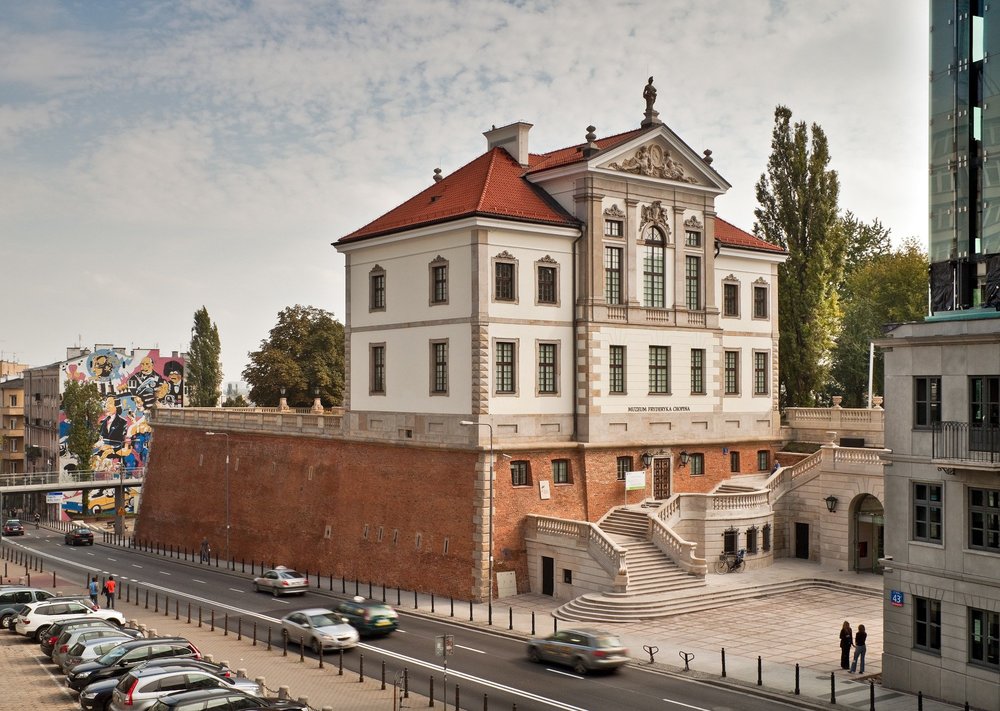
Chopin Museum
4. Visit the beautiful parks and palaces.
One of Warsaw’s top attractions is Łazienki Park (Royal Baths Park), occupying 76 hectares in the middle of the city. It’s about 30 minute walk south of Old Town, and serves as a popular venue for music, sports, and arts in the Polish capital.
Be sure to check out the centrepiece of the park, the “Palace on the Isle”, which dates back to the 17th century and used to serve as a royal bathhouse.
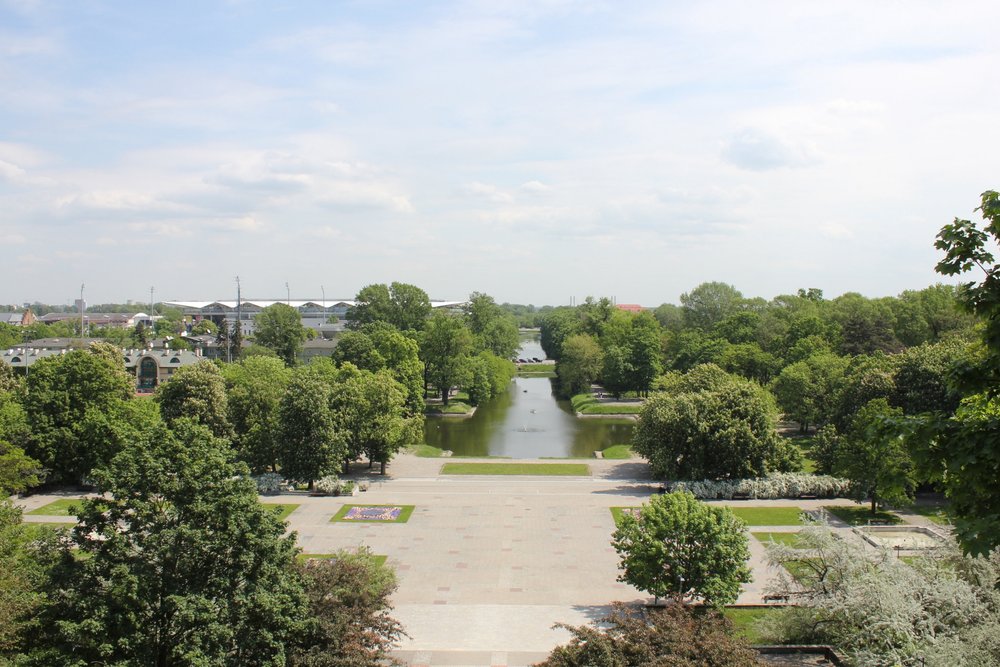
Łazienki Park
South of Łazienki you’ll find the Wilanów Palace, one of the capital’s most important monuments, serving as a duality in the southern end of the city to the Royal Castle in Old Town. Construction on Wilanów was completed in 1696, and the grand palace has survived through all of Poland’s misfortunes since then, so it’s well worth a visit.
5. Wander around Old Town.
Warsaw’s Old Town was never quite as fortunate. Almost completely destroyed by the Germans in 1944 after the failed Warsaw Uprising, the Old Town has since undergone painstaking reconstruction, resulting in today’s colourful neighbourhood that stands out as the city’s top tourist attraction.
The imposing facade of the Royal Castle is one of the area’s main attractions, as is Sigismund’s Column out front. But it’s just as interesting to take a stroll through the historic streets, hop among the stalls and vendors, catch one of the charming street performances along the Royal Route, and imagine what life was like here during the war. You can also walk along the old walls of the city for a panoramic view of the surrounding area.
6. Make a day trip to Auschwitz and Kraków.
While Warsaw is the persistently beating heart of Poland, the country offers much more to discover beyond its capital’s confines. In my opinion a first-time visit to Poland definitely ought to include a trip out to the Auschwitz concentration camps. It’s by no means an easy trip to take, but it’s no doubt an important one.
A big reason why we love travelling is to learn about the world at large as intimately as possible; getting to know a country interactively at a good museum exhibit is one thing, but going on-location and feeling the horrific events that have shaped a country is a different thing entirely.
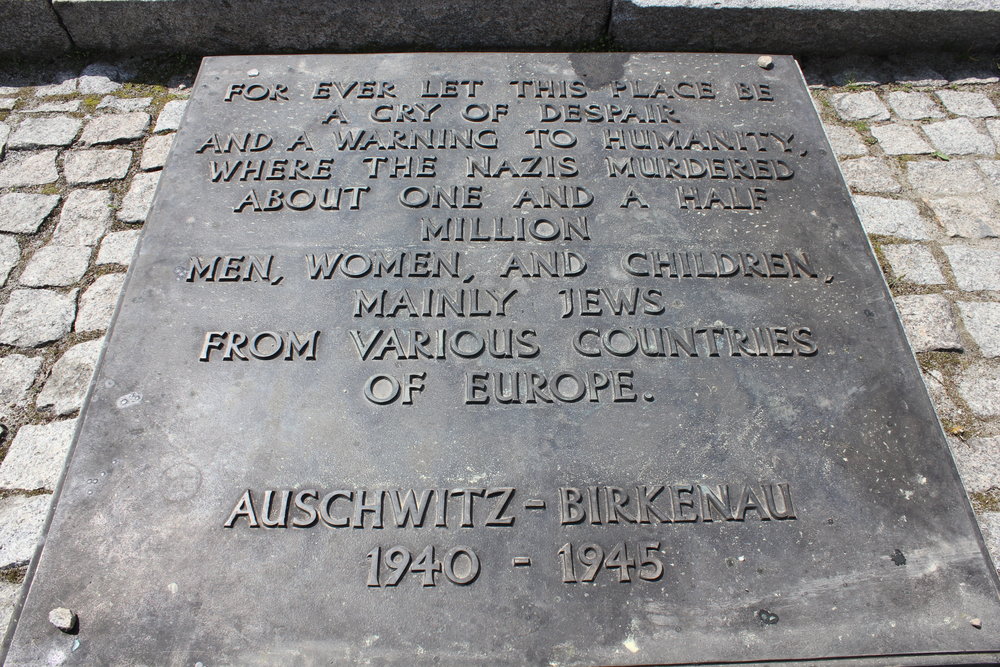
I wholeheartedly recommend Poland Travel Tours for organizing your day trip. They’re efficient and professional, and their prices are altogether quite favourable given the logistics of catching a train to Kraków and making a two-hour drive to modern-day Oświęcim. Kraków, Poland’s “second city”, is much more reflective of Poland as it was prior to its troubled past, and is well worth spending time to explore.
EAT
7. Try a Polish “milk bar”.
A “bar mleczny” or “milk bar” is a Polish cafeteria-style dining spot, dating back to times when food sources were scarce and cheap meals were the order of the day in Polish society. Nowadays, milk bars are popular among Varsovians for indulging in affordable, local fare like pierogi, stew, and soups served with sourdough bread.
One of the best pierogi spots we tried was Gościniec, near Old Town. Try their Polish white sausage soup as well, which was one of the best Central European dishes I’ve had.
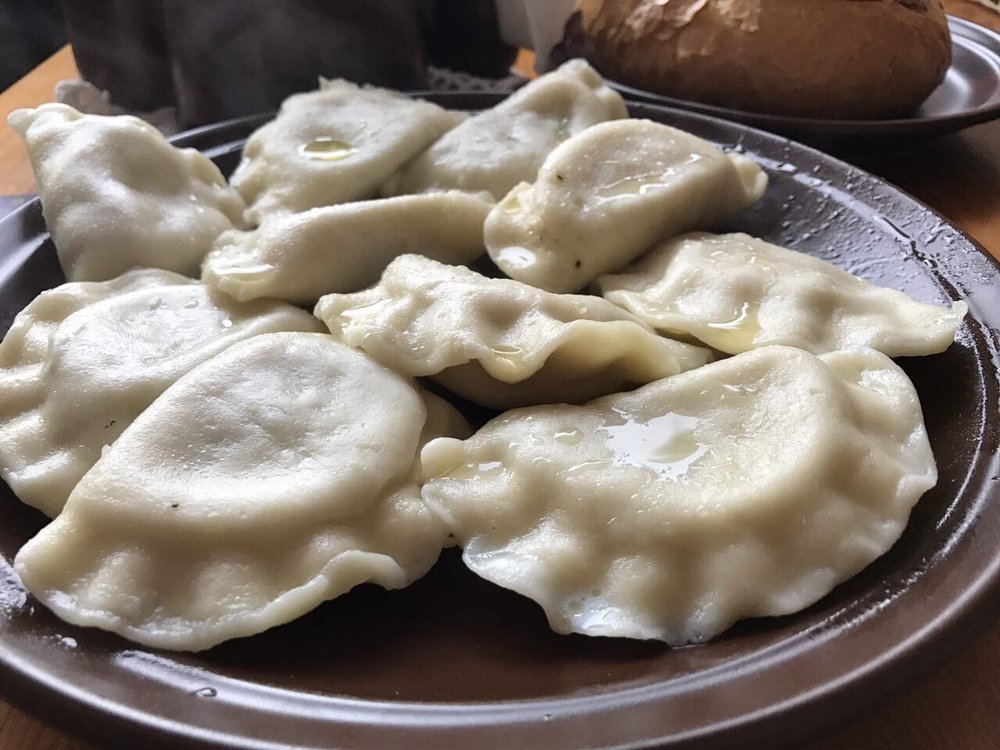
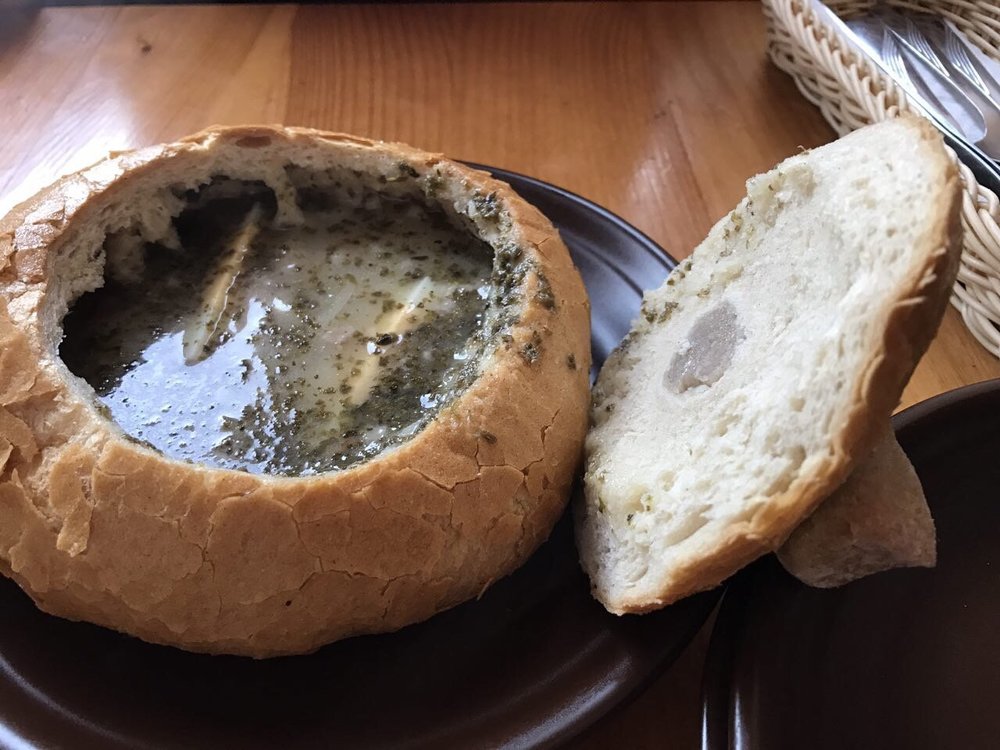
8. Swing by Vapiano.
This one isn’t particular to Warsaw, but rather it’s one of my favourites across all of Europe. Vapiano is a restaurant chain that specializes in delicious made-to-order Italian food. You go up to the counter to order pizza, pasta, or insalata made any which way, and your food is cooked on the spot, using fresh herbs picked right in front of you.
The Vapiano in Warsaw is located in the downtown area, so it’s perfect for a quick lunch before some afternoon shopping. You also get free Haribo gummy bears after your meal as well, which is always a treat!
REMEMBER
9. Getting around is easy.
Warsaw is an eminently walkable city. The terrain is altogether quite flat, and the city’s Communist influence is clearly seen in its wide streets and sidewalks. Most attractions are within a 20- to 30-minute walk of each other, which is perfect for the style of travelling that Jessica and I enjoy: lots of walking and wandering around, taking in the city at our own pace.
Best of all, walking from attraction to attraction (say, from Old Town to Łazienki or the Warsaw Uprising Museum) brings you through Warsaw’s distinct and varied neighbourhoods. You’ll get to contrast the Soviet-style concrete buildings of old with the modern glass and steel of downtown – in this way, the strength and resilience of the city is palpable.
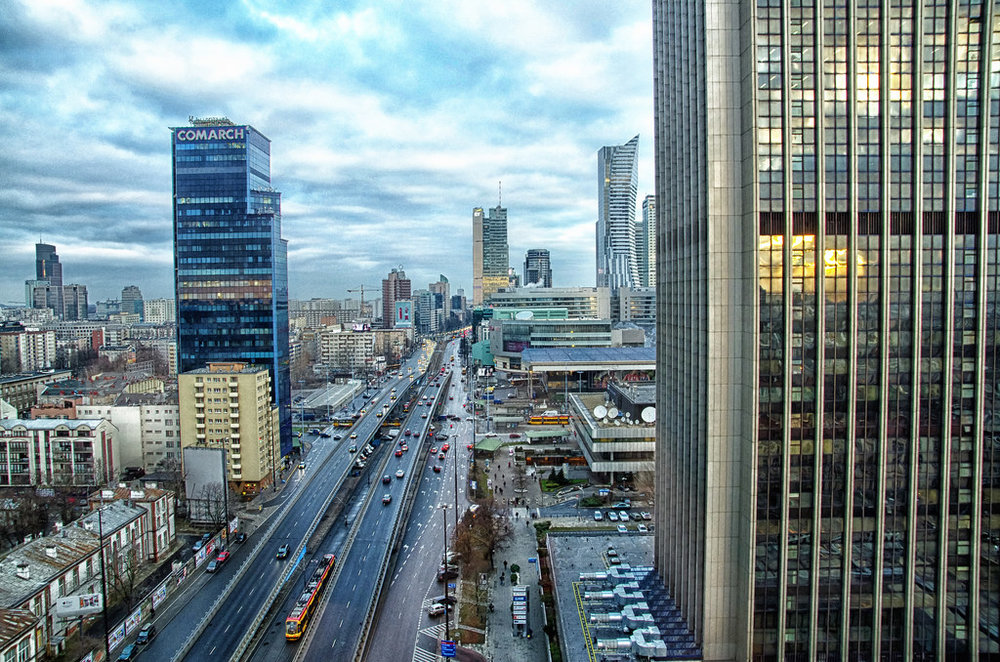
Downtown Warsaw
If you aren’t much of a walker, or you’re on a tight schedule and need to pack a lot of activities into your day, Uber is the way to go. Cities as affordable as Warsaw are havens for the sharing economy, and much like Airbnb, Uber is exceedingly cheap here. A cross-town journey costs about $6, and a ride to the airport will run you $15 at most.
10. Warsaw is a tale of rebirth.
Everywhere you go in Warsaw, you see the old mixed in with the new. Entire districts were razed to the ground during the war, but the newly minted downtown core stands as a symbol of Warsaw’s resurgence in recent years. As you explore, keep in mind that what you’re seeing is transient by nature, and that Warsaw’s history, chequered though it may be, continues to evolve day by day. I really have nothing but the greatest admiration for this awe-inspiring city.
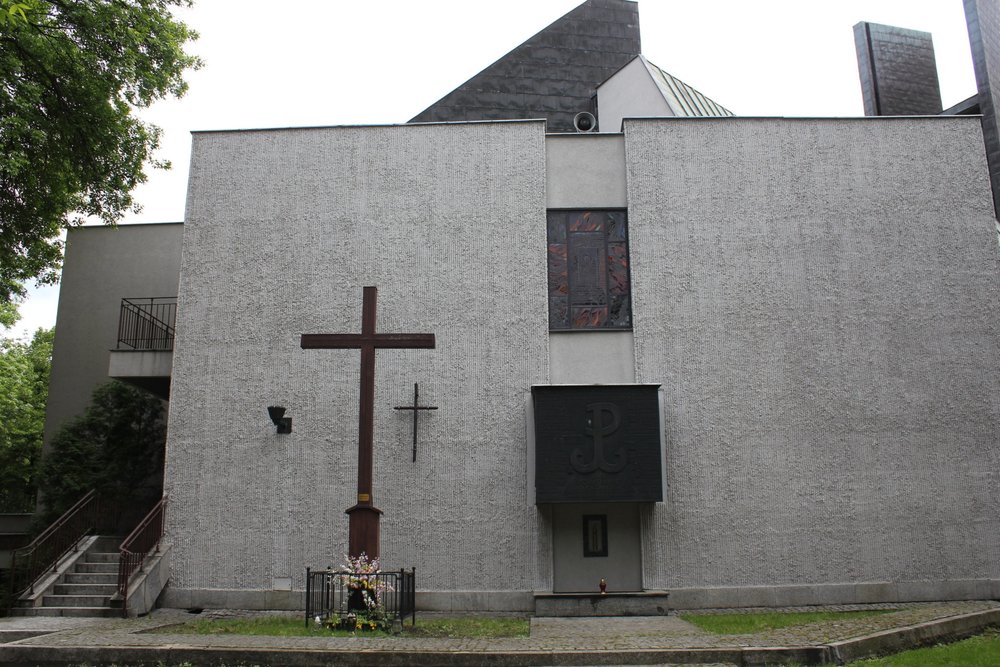
One of many memorial plaques to the Warsaw Uprising dotted around the city
Conclusion
I loved spending time in Warsaw, but for very different reasons than I’d usually say the same for other places. While it’s a cheap city to visit, I can think of few places that offer a richer travel experience in terms of evoking one’s appreciation of the sheer breadth of human experience. I’d highly recommend a trip to Warsaw if you’re looking for something in Europe that’s a little less mainstream but no less genuine.






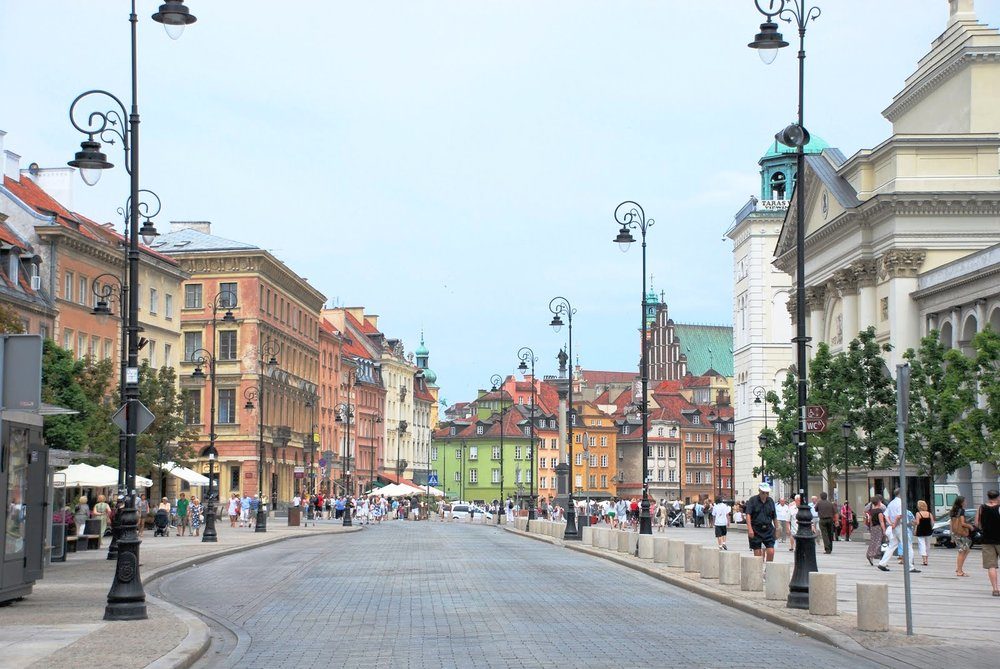
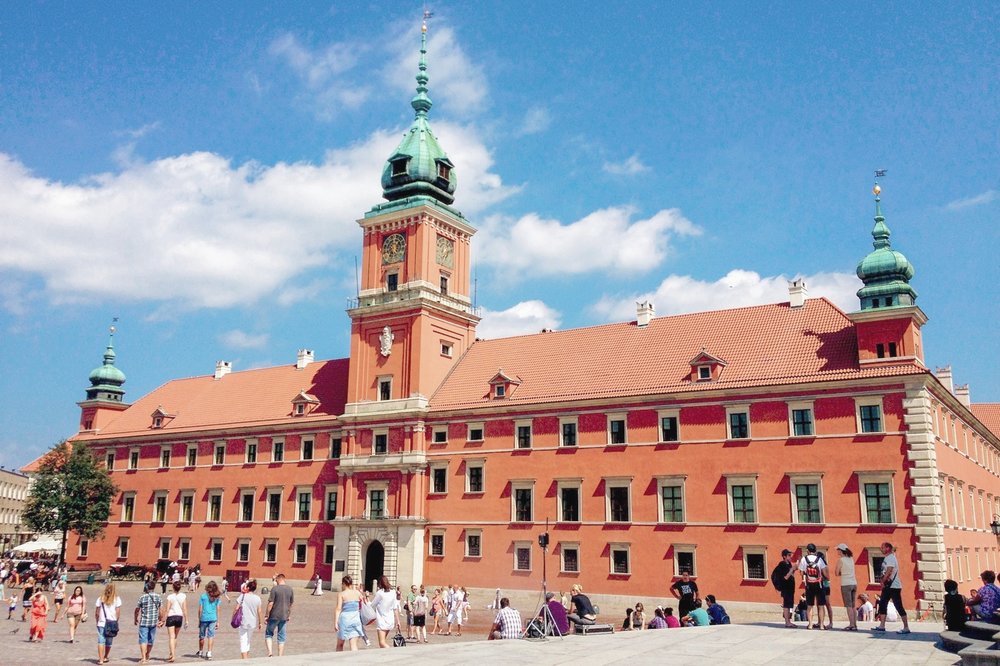
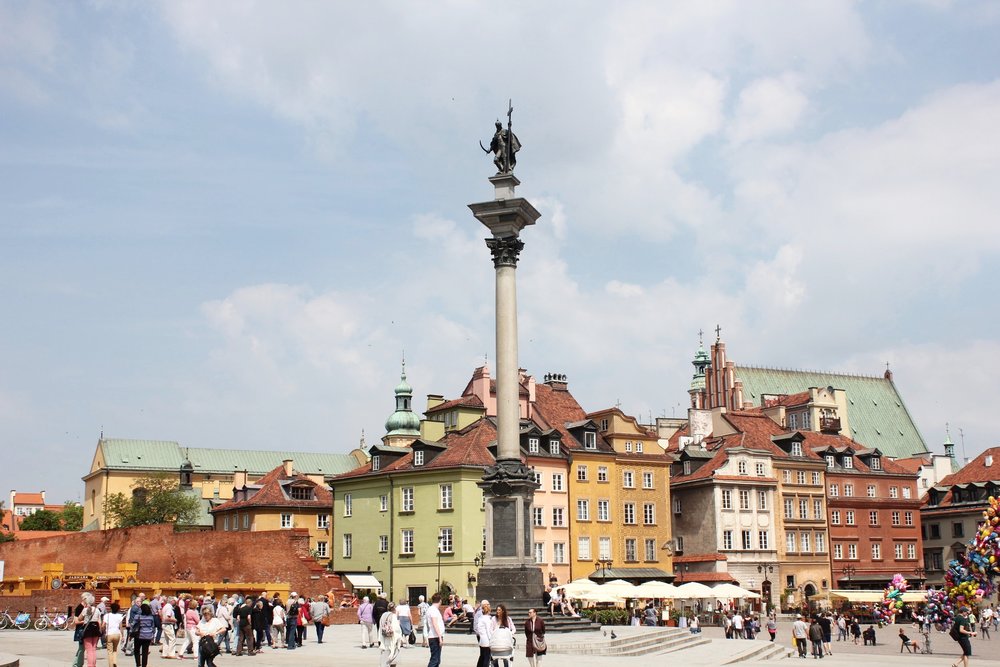
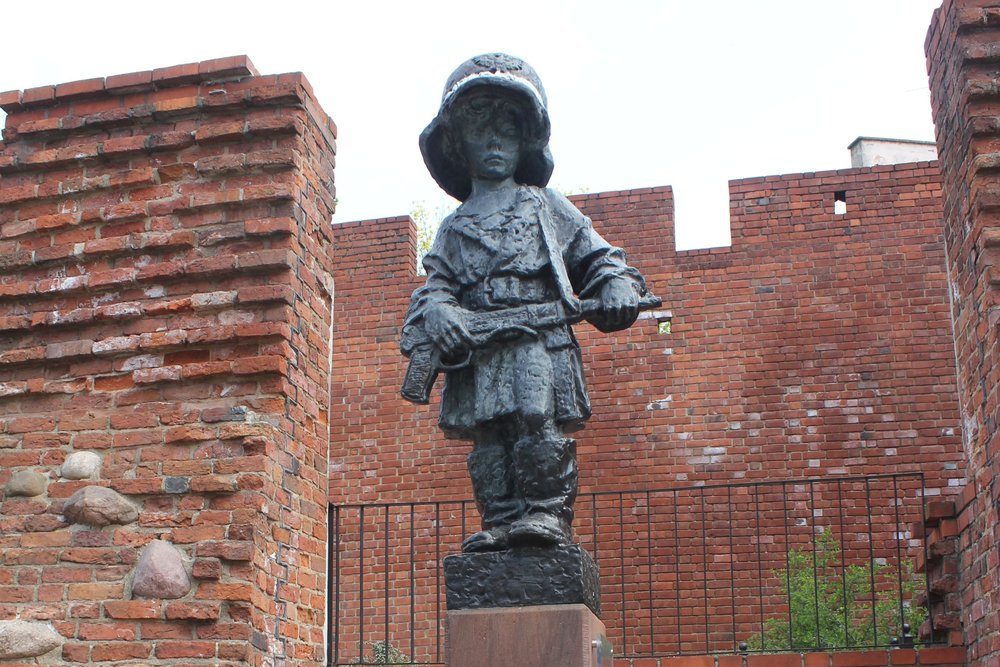














Hi Ricky,
First of all let me say that I love your blog! I am in the process of planning some redemptions to Europe and have the option of having an 8-hr stopover in Warsaw on my way back to YYZ. I’m wondering if you think this would be a meaningful amount of time for a stopover in this city? Or should I just opt for the 3-hr layover instead?
Thanks!
Angela
I think 8 hours would be enough to head into the city, see the Old Town, have some nice perogies, and maybe check out one of the museums. If you don’t think you’d be too tired, I’d say go for it!
The thing that I was taken by in Warsaw is how lively nightlife is here. I went to New Orleans club and had a great time tI’ll 8 am. Imagine how shocking it was for boy raised in Utah ????
Milk bars are great deal, but I think nowadays even students like to have more luxury in their lives. The idea of the milk bar is to serve cheap home meals. Tell, me if you need to pay for preparing sth that you can have at home for less, why to buy it in the bar?
For me having a meal outside it is relax. I love to sit in interesting interiors, using help of the waiter in choosing the dish and I found what I like in Bubbles bar (http://bubbles.com.pl/). There is just fantastic atmosphere when causal atmosphere is mixed rich tastes of good dishes and champagnes.
As it comes to eating I can definitely recommend my favorite culinary spot in Warsaw – it is a restaurant called the Akademia. They have both Polish and European cuisine as well as a great choice of excellent wine. The atmosphere is very nice and I usually spend hours there 🙂 And their cheesecake is out of this world!
Great recommendations, I need to safe some of them for my next trip 🙂 I love visiting Warsaw and exploring new spots in the city. My last discovery that is one of my favorite ones is a bar in the downtown called Bubbles. I went there with my friends and we had a great evening. Delicious champagne, cozy atmosphere and excellent food – I love everything about this bar 🙂
Thanks Alisa 🙂 Will definitely make a note of that for my next trip to Warsaw.